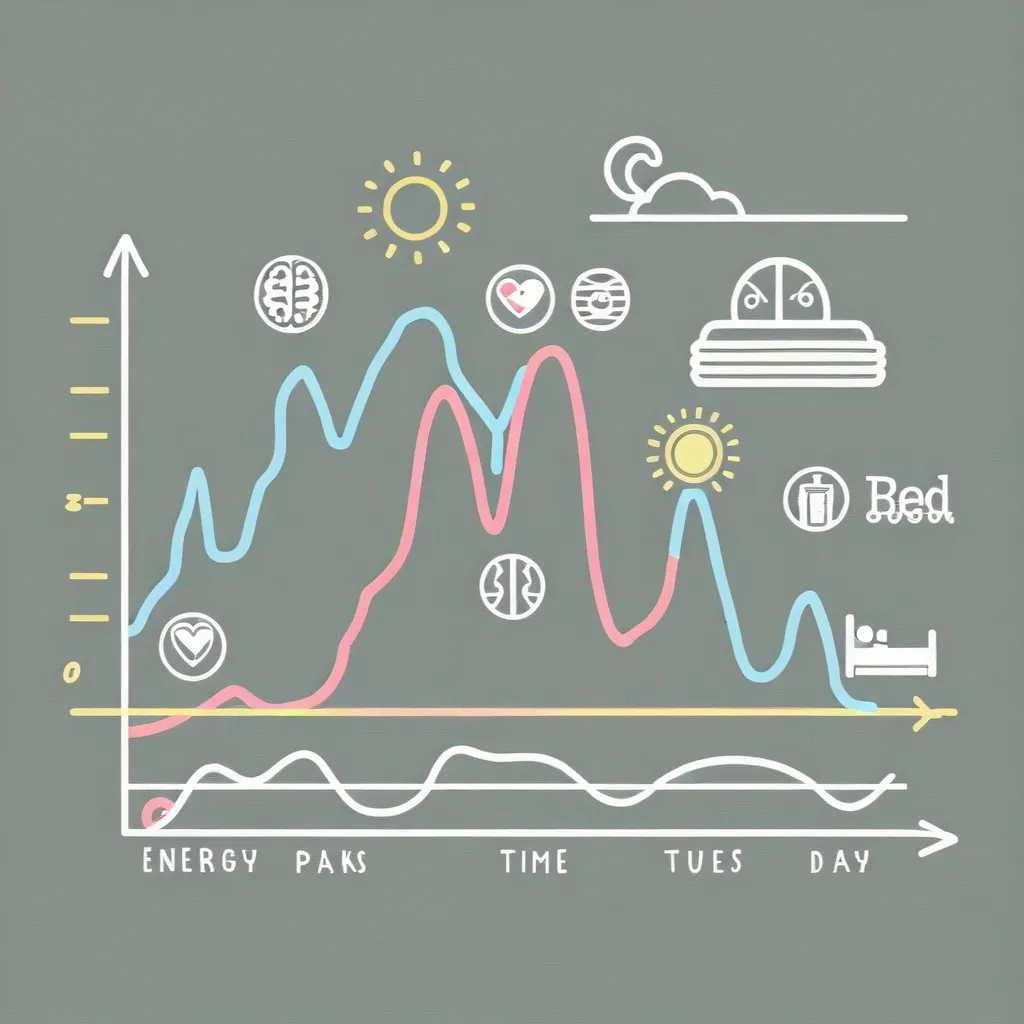Hey there! Today we’re diving into an incredibly useful topic: boosting those typing skills to become a keyboard wizard. Imagine typing so fast that it almost matches your thoughts. Now, that might sound like something only superheroes can do, but the reality is, anyone can drastically improve their typing speed with a bit of practice. A faster typing speed doesn’t just impress your friends or coworkers—it can genuinely make your life more productive and creative.
First off, let’s talk about the awe factor. Typing quickly often sparks admiration. At work, it’s something that catches people’s attention. It might not be the compliment you dream of if you’re, say, a doctor, but hearing “Wow, you type really fast” repeatedly can be a nice ego boost. Plus, in an age where almost everything is computer-based, fast typing makes you incredibly efficient across all digital interactions—whether that’s writing emails, crafting reports, or just surfing the web.
The more your typing speed aligns with your thought process, the more fluid and creative you can be. Think about typing the first draft of a blog, an essay, or even something like this. When your fingers fly across the keyboard, you capture ideas as they come, uninterrupted by slow keystrokes. This synergy between thought and action is a powerhouse for productivity. Faster typing means more time to focus on other tasks, which is a lifesaver whether you’re balancing school, work, or personal projects.
Now, you’re probably wondering how to get those fingers dancing across the keys. Here are some tried-and-tested strategies to boost your typing speed.
Firstly, mastering keyboard shortcuts can be a game-changer. For example, using option + backspace on Mac—or ctrl + backspace on Windows—deletes entire words, not just one letter at a time. It’s a trick that saves time, making you less reliant on the backspace. Another great shortcut is command + backspace on a Mac to wipe out an entire line. Getting comfortable with these can shave precious seconds off your typing tasks.
Another solid tool is 10fastfingers.com. This site tests your typing speed with real words, reflecting more realistic typing scenarios. Doing these tests regularly can see your speed grow significantly. Not only is this a fun challenge, but it also pinpoints the letters and words that slow you down. For a more targeted approach, try keybr.com, which adjusts its lessons based on your typing weaknesses, focusing practice on your pesky key combos.
Transitioning to a keyboard-centric workflow further enhances speed. For Mac users, using a tool like Alfred complements typing. With Alfred, instead of reaching for the mouse, simply type commands to launch apps or files instantaneously. This integration between typing and everyday computer navigation boosts both speed and productivity.
An essential part of touch typing is training your brain to work your fingers without peeking at the keys. It might seem daunting, but the more you resist the urge to look, the faster your muscle memory kicks in. Returning your fingers to the home row (that’s asdf jkl;) is crucial. Feel those raised bumps on the F and J keys? They’re your guiding stars back to the resting position, enabling quicker character transition.
Interestingly, the noise level of your typing can influence speed. It may sound odd, but typing loudly often translates to typing faster. This might be psychological, but it creates a kind of rhythm and flow that smoothens the typing process. Mechanical keyboards highlight this phenomenon, but it can be tried with any keyboard.
Remember, typing quickly should feel like a fun challenge, not a chore. Gamifying the process helps maintain motivation. Set targets, like reaching a particular word-per-minute milestone. As for personal goals, if the aim is 200 words per minute, focus on areas of weakness, like using under-utilized fingers, to incrementally boost performance.
Ultimately, typing faster isn’t just about mechanical speed. It’s about optimizing overall computer interaction for better productivity. Beyond that, being a fast typist can lead to more creativity and the ability to share those ideas with the world, all while saving time.
So, whether you’re looking to impress someone or just want to be a more effective digital communicator, improving your typing speed is well worth the effort. Dive into these strategies and watch as typing becomes less of a task and more of an art. Happy typing!






